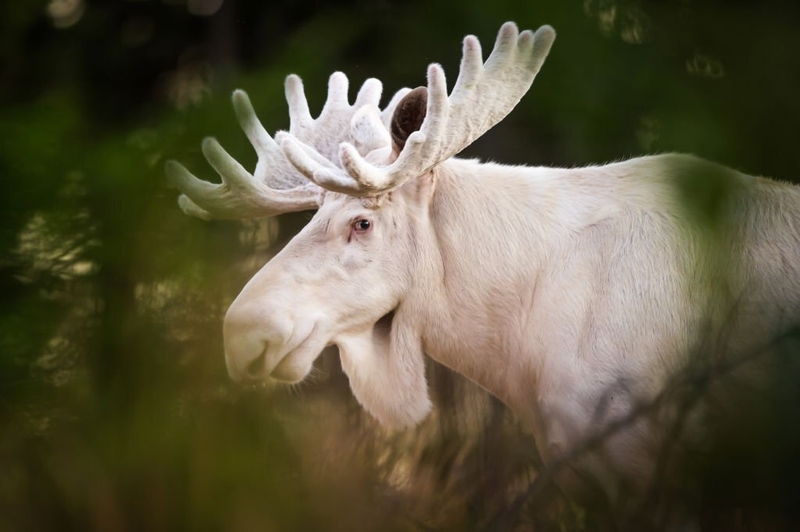In the below photograph sits a colorfully camouflaged chameleon. Its camouflaging mechanism is much more complex than you might think. Most color changing done by the chameleon is related to both the animal’s behavior, as well as its state of mind at the time of its color transitioning. In the animal kingdom, the chameleon has a wide range of hues and shades for various occurrences. For instance, when preparing itself to fight other chameleons, this animal will adopt a brighter hue. In contrast, when accepting defeat or surrendering, it will begin to display darker shades.

Additionally, chameleons are also known to change their color as a means of communication. This form of color-changing is exhibited in the females’ attempt to signal to the male, in order to let him know she is in the mood for love. Chameleons also have the ability to move their eyes able independently from each other. Doing so allows the chameleon to look in two different directions at the same time, thus not only abling this animal to have a complete 360-degree view but also provides them with the ability to rapidly focus their eyes, enlarging their field of view, much like a camera lens.
A Rare, Seemingly Albino Moose Crosses the Road - Gunnarskog, Varmland, Swede
Meet Ferdinand, the albino moose: a celebrity in the southwest-central region of Varmland, Sweden. And it is no secret why. With his head-to-toe white coloring, making him appear as an alabaster sculpture, this rare creature is a majestic sight for all. According to National Geographic, the reason for the moose’s abnormally rare white color is the result of a genetic mutation.

However, unlike this white moose, in most cases of albinism, those impacted have characteristically light or pinkish colored eyes. However, like Ferdinand, for moose with bright, white fur coats, more common than not this feature is actually obtained from a recessive gene which causes this animal to grow white with specs of brown, a condition otherwise known as piebald.
The Echidna, or Spiny Anteater: Earth’s Tiny Egg-laying Mammal
Below is a photograph of the adorably tiny, spiky, egg-laying echidna. Also known as a spiny anteater, this mammal is one of just a few egg-laying mammals on Earth. Of the seemingly endless mammals in existence on this planet, in addition to four species of echidna, the Platypus is the only other known egg-laying mammal species. Found in the southern hemisphere, on the continent and country of Australia (including Tasmania), as well as on the Pacific island of New Guinea, these small Oceania creatures earned the name “spiny anteater” due to the tendency for some species of echidnas to eat ants.

Despite this name, it is important to note that this animal is not, in any way, related to any member of the anteater species—nor does it have any relation whatsoever to the porcupine, despite its quill-like spines.
Goliath the Elephant Seal
Taken back in 1936, in this photograph, we see a 4000-lb elephant seal receiving its snowy bath from his zookeeper handler at the Vincennes Zoo, Paris, France. At the time this photo was taken, this massive elephant seal—known famously as the two-ton elephant seal— was widely known as a local celebrity who charmed the French with his gigantic body and enormous appetite. It was reported that this carnivorous mammal can grow up to 20 feet and weigh up to 4.5 tons.

According to National Geographic, while once aggressively hunted for its oil, cruelty nearly led to the elephant seal’s extinction; fortunately, since becoming legally protected, this sea mammal’s populations have rebounded. In the year this image was shot, this mammal was the only one of his kind in the area.
A Young Martha Stewart Poses Alongside a Cow, 1964
While today, legendary cook Martha Stewart is known by many as television’s most famous home cooking icon, back in the early 1960s, a young Stewart was not a professional chef, but a professional model. This unlikely career began at age 15, during which time she modeled for distinguished modeling agency clients such as Chanel and Tareyton cigarettes.

In 2013, Stewart first shared the above photo, revealing that the image was not the result of a professional photo shoot, but in actuality a shot taken by former husband, Andrew Stewart. It is through this very picture that Stewart is able to glamorously depict Northeastern American farm living, an idea which inspired much of her homemaking astuteness.